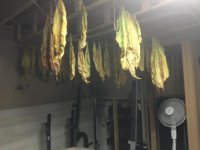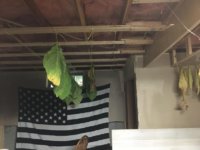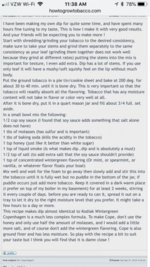Nik Vee
Active Member
Hey guys I have my first harvest of tobacco hanging in my basement now and they’re turning a nice yellow brown color. It’s been about 2 weeks and I plan on going around 6 weeks with the air curing process. I have a stand up fan that rotates left to right down there too.
I feel feel like my leaves are really brittle currently but the humidity down there is consistently between 60-80%. I feel like that where I should be at. If I’m wrong please correct me.
After this 6 weeks of air curing do I need to ferment my tobacco? I and just using it for dip (trying to make Copenhagen mint if anyone wants to help with that too).
Any input is appreciated.
I feel feel like my leaves are really brittle currently but the humidity down there is consistently between 60-80%. I feel like that where I should be at. If I’m wrong please correct me.
After this 6 weeks of air curing do I need to ferment my tobacco? I and just using it for dip (trying to make Copenhagen mint if anyone wants to help with that too).
Any input is appreciated.




